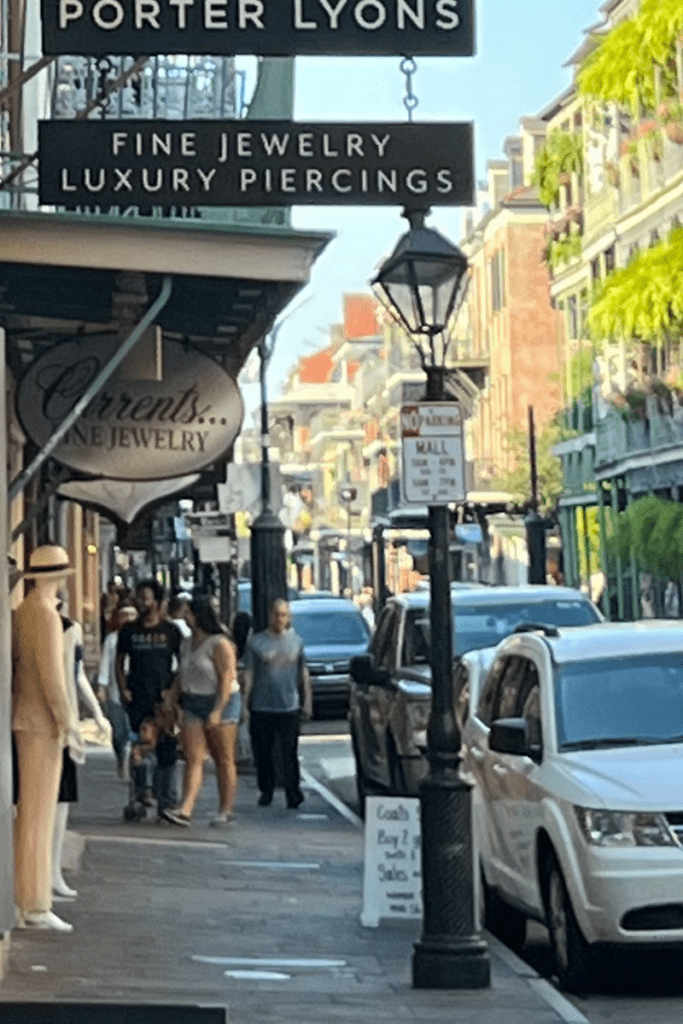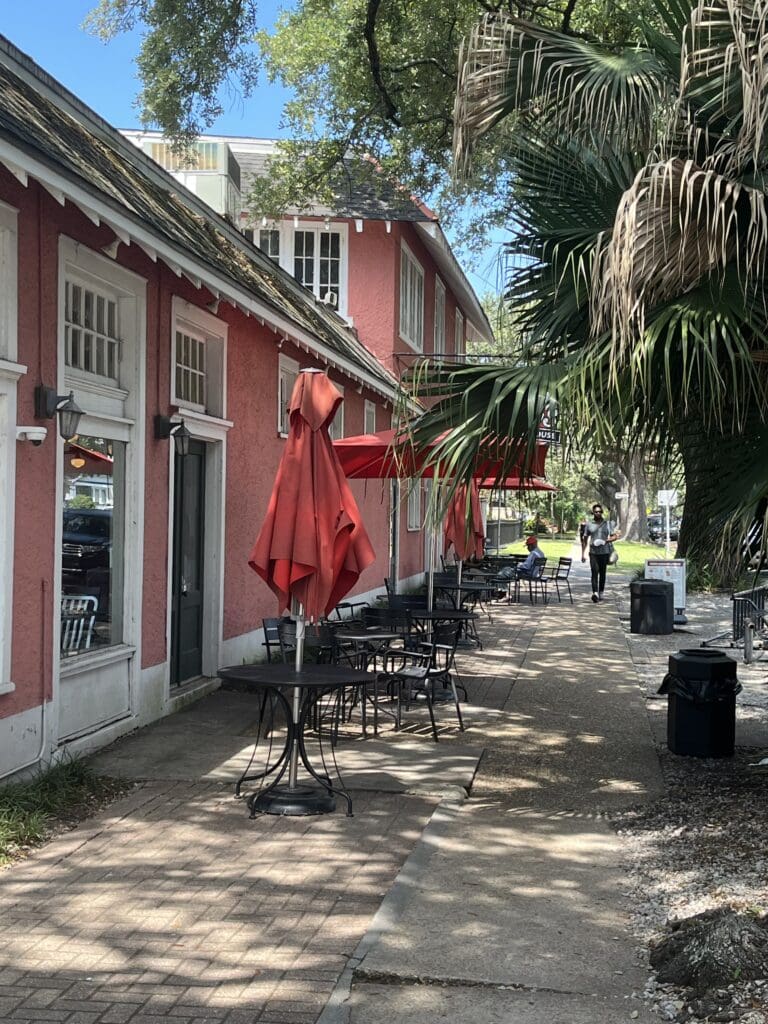
By Emilie Bahr
I saw a teaser to an article in Travel + Leisure magazine recently declaring a certain southern city the most walkable in the U.S. As an almost lifelong southerner and active transportation nerd, the headline caught my attention, as did the image that accompanied it: Wrought-iron balconies dripping in ferns. Brightly-hued stucco facades on lovely old buildings. Could they be talking about my hometown? I wondered.
I clicked on the link to discover that, in fact, New Orleans was being held up as the most walkable city in the country – the fourth most walkable in the world! And I laughed out loud.
I am a proud Crescent City partisan. I’m ever ready to make the case for my city’s importance and exceptionalism and have been known to recite to visitors and newcomers the Tennessee Williams quote all longtime New Orleanians know by heart: “America has only three cities: New York, San Francisco and New Orleans…”
New Orleans looks, sounds, tastes and feels unlike anyplace else in this country, if not the planet. But if you come here expecting to find the “most walkable” city, you are likely to be about as surprised as you would if you came expecting to find the “most efficient” or “least humid” or “most teetotaling.”
Naming New Orleans “most walkable” is a testament, perhaps, to just how bad off the American landscape is for walkability, though I could easily tick off a handful of places better-suited to the mantle (including, as it so happens, New York and San Francisco.)
It’s true that New Orleans is more walkable than your average American city. It is old, founded in 1718, around a century before the advent of the Model T, and we benefit from a transportation network and footprint that were largely established before the arrival of the car. There are many neighborhoods in which it is possible to walk to get places, and in some parts of town, those walks can be quite pleasant. We are also a poor city with a rate of car ownership that is below the national average, leaving many no choice but to get around by foot, bike or transit.
Even so, I’m sorry to say that we have turned our city over to cars about as much as any other, as an unsuspecting tourist from Seattle or Portland will discover upon attempting to cross the street; as the City Council made clear a few years ago when its French Quarter representative successfully argued for the removal – at significant expense – of a protected bike lane in another part of his district; and as we see year after year in a pedestrian fatality rate that stands among the highest in the nation.

A few weeks ago, the newly-minted police chief, a woman whom I have met and respect, made headlines for striking two pedestrians with her police car in the French Quarter. The news coverage focused on the fact that she passed a breathalyzer test conducted per protocol and that the pedestrians were apparently going to be ok. I expected that the incident might spark new calls for restrictions on driving through the Vieux Carre – the oldest and most-visited neighborhood in the city and one built quite literally for walking – something the mayor unsuccessfully lobbied for a few years back.
Instead, the comments posted on social media spoke to our auto myopia.
“Pedestrians treat the French Quarter like it’s some kind of pedestrian mall,” read a representative one.
Part of me wishes that Travel + Leisure had declared my tourism-dependent city the worst for pedestrians. Maybe that would have gotten policy makers’ attention.